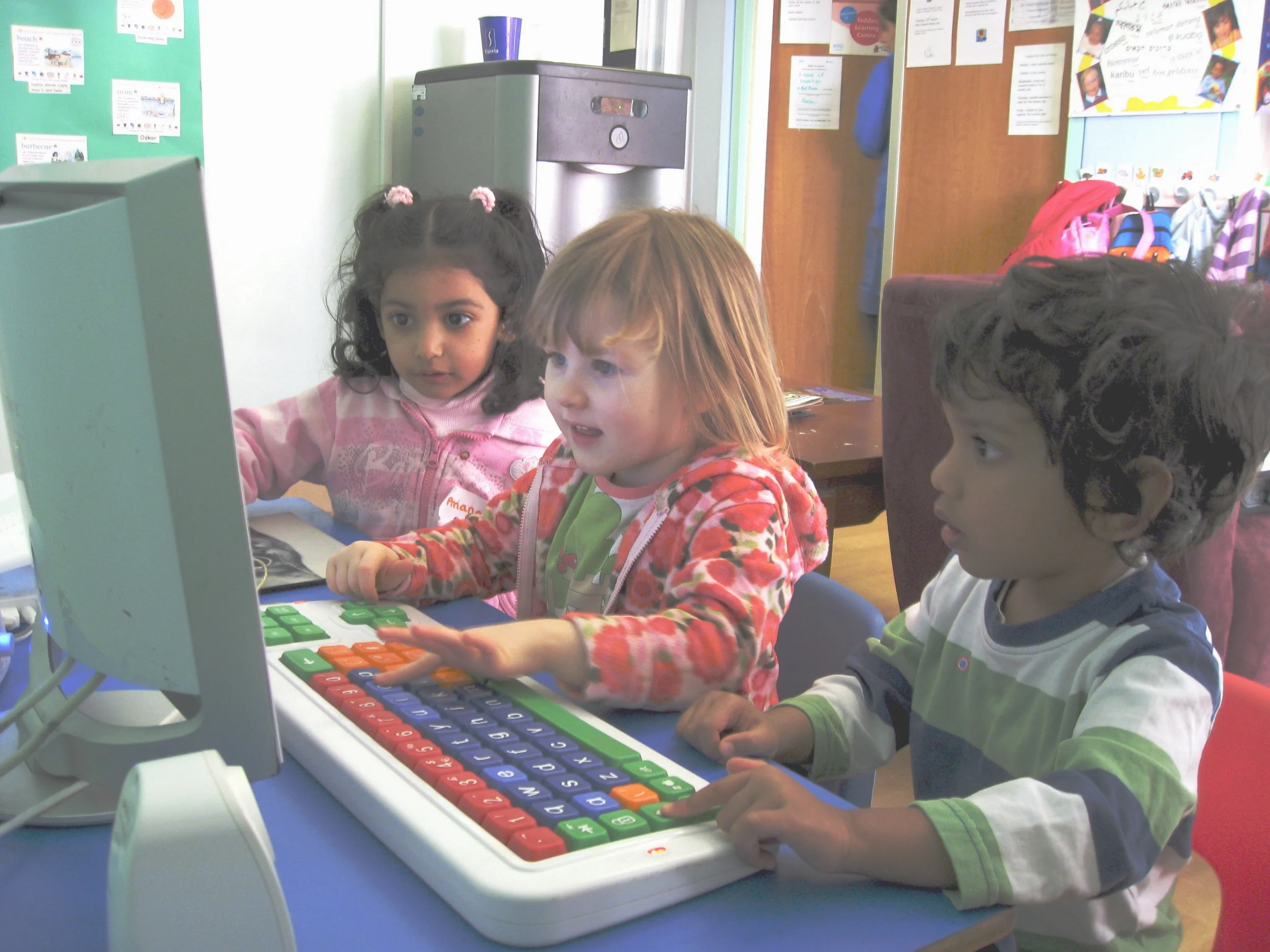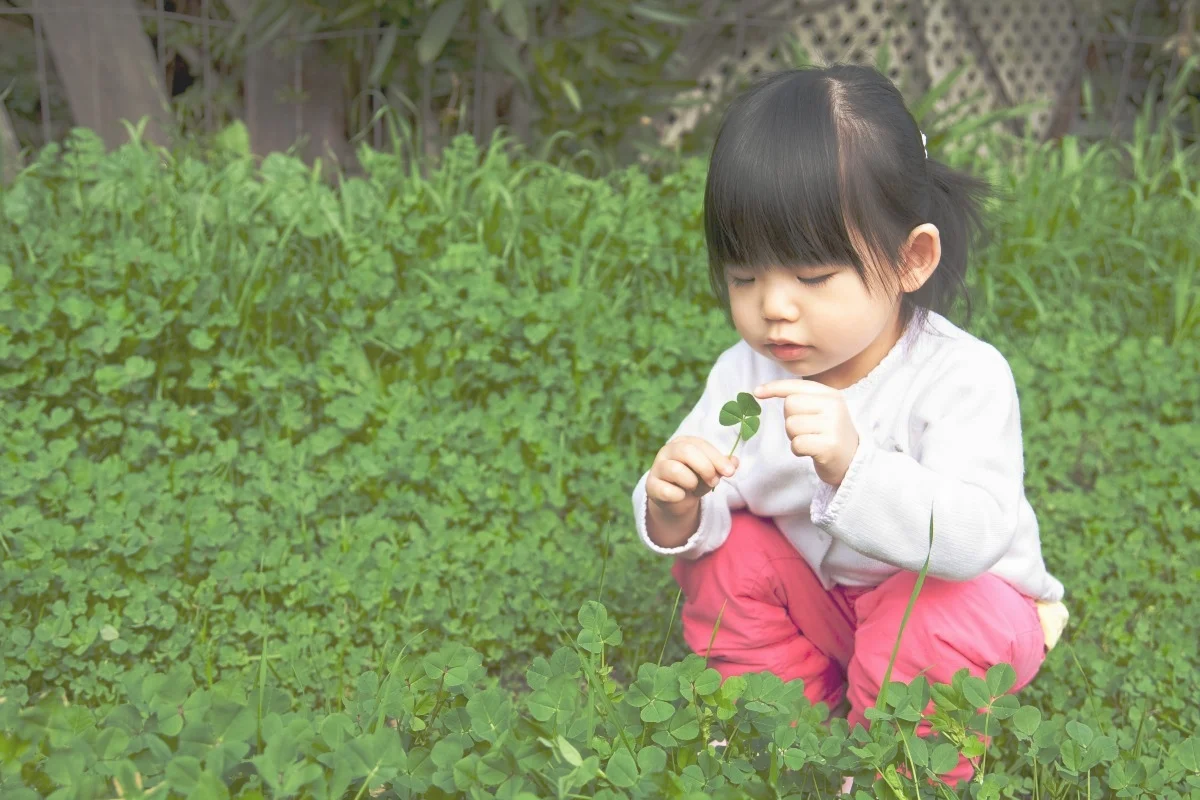By Angela Anderson
In 2020 we’ve seen racial tension comparable to the 1960’s Civil Rights Movement, with all the ugly stuff it involved; including police brutality, widespread riots, and modern-day lynchings. To deny that racism exists today is to turn a blind eye on a large systemic and communal problem. As educators and advocates for equality, the fight for the rights of our black students and the greater minority community is far from over.
Most of America’s schools take a “whites preferred” approach to curriculum; including a drawn out “Lincoln-freed-the-slaves” narrative, failing to account for the centrality of slavery and anti-black racism in the shaping of U.S. history. Our schools are also well known for teaching contempt for black culture; including hairstyles, music, clothes, and speech. This curriculum approach denies the actual history and oppression that led to our current state of inequality. Even more, this contempt for black culture is like teaching our black students a contempt for themselves, for who they are; ultimately repelling these students from school and from furthering their education.
For educators, curriculum is our daily communication, and it encompasses all the same trivial problems. Regarding social justice, what and how we teach can tell our students what we believe to be true about them, their culture, and their abilities. It is up to us to choose our words wisely, plan the lessons that will most empower our black and minority students, and prepare them for a world that is still unequal.
Much of these concepts fall in line with the philosophies of Dr. Gloria Ladson-Billings, a curriculum designer well known for her framework of Culturally Relevant Pedagogy (CRP). CRP is a form of teaching that calls to engage learners whose experiences and cultures are traditionally excluded from mainstream settings. It calls for a curriculum that focuses on student learning, cultural competence, and socio-political consciousness.
CRP asks that teachers utilize students’ culture as a vehicle for learning, forming lesson plans with a purposeful relevance to their lives. Ladson-Billings continues that students must develop a broader socio-political consciousness that allows them to critique the cultural norms, values, and institutions that produce and maintain social inequities. This awareness of inequities helps students find connections to the everyday problems of living in a society that is deeply divided along racial, ethnic, linguistic, economic, environmental, social, political, religious and cultural lines. Students should leave the classroom knowing that their education and awareness can help alleviate these problems and divisions, (Ladson-Billings, 2014).
Leading from this awareness of inequities, we must place more importance on civic duty to prepare our students to use their voice to empower themselves and their community. Educators have to integrate social justice and advocacy into their every-day speech. Sit down with your students, have more “circles,” and talk with them about what is going on in the world. Make it clear as day that you want to hear their voices. Ask your students constantly to form their own opinions and remind them that they are heard, valued, and matter.
As educators, we must press for anti-racist teaching to be integrated into the broader school culture and the curriculum of all subjects. We must constantly and consistently offer solidarity to our students in the fight against racism, in our schools and the broader society.




















